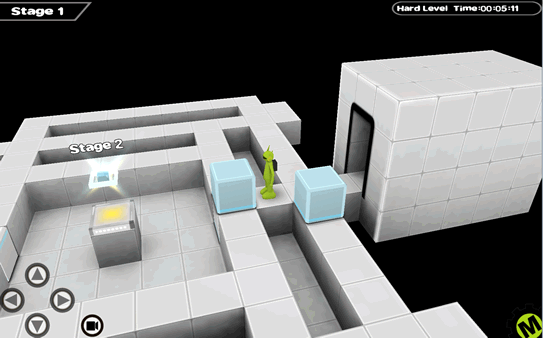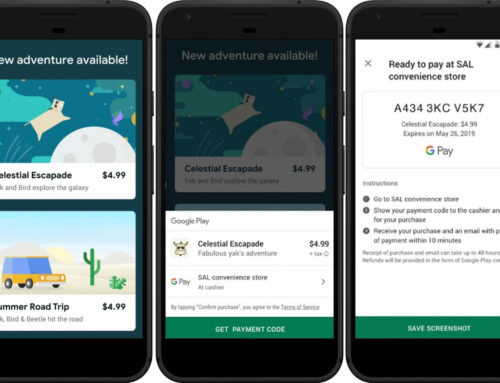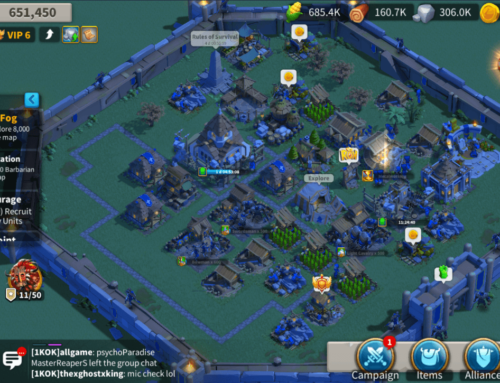Sokoban is a game created in 1981 by a Japanese developer that quickly became one of the Arcade classics. It’s impossible not to have played it if you had a computer in the 90s. You controlled a character in a warehouse and had to push boxes around in their designated storage locations to finalize a level. Even if in theory it sounded easy, the game was very complex and some of the levels required up to 1000 different moves, not to mention the fact that it was easy to do a mistake and move a crate in a corner and thus needed to start over.
Over 33 years have passed and Sokoban-like games are still very popular. If you take Android alone Google Play shows almost 10,000 apps that are related to Sokoban, a plethora of games that tries to fulfill this niche. Lime 3D is one of those games that clearly stands out from the crowd and judging by its graphics you’d be inclined to believe it’s backed by a very large company.
Lime is the name of a cute green alien armed with a backpack and an ability to push things. He is going from one stage to another in a cubic environment searching for a way to beam him out of that stage onto the next one and hopefully in the end escape this maze.

The goal in Lime 3D is to reach the teleporter by moving blocks.
Here’s an overview on how Lime is played and what features it offers:
- Move blocks and push barriers. Your goal is to reach the teleporter, clearly marked by a rotating device and usually at the end of the stage room. You cannot climb high cubes or go through walls, so you have to push the movable cubes (marked with blue) and push the movable items (i.e. barriers) in order to fill any holes that stand between Lime and its teleporter or clear the path from intersecting barriers. If you’ve played Sokoban you’ll recognize the logic behind the maze puzzles. The strategy is to look around in the beginning and have an idea on what elements you have to move where in order to finish the level. If you don’t do that you’ll end up blocked somewhere and you’ll have to restart the game.
- Joystick or touchscreen controls. You can control Lime in 2 ways, either using the touchscreen (basically tap in the direction you want it to go), or tapping on the joystick controls – a set of 4 arrows (up/down/left/right) that will be shown in the lower left corner of the screen. I opted for the second choice as it felt more comfortable, but tapping on the screen works as well. The character is very responsive to the given direction, there are no annoying lags thus you can concentrate on how to solve the puzzle.
- Play in a great 3D environment. The game environment looks amazing, from the main character (our Lime alien, named this way probably because its color resembles that of a green lemon) to the push barriers or 3D cubes. It’s not an overkill as you are able to differentiate fast which elements can be moved and which ones are static.
- Custom soundtrack. All through each stage you are accompanied by music and sound effects which fit perfectly with the gameplay. Lime doesn’t talk to you but he nods his head everytime you want to push something that’s not movable or by mistake walk too close to an edge.
- Dynamic camera views. If you don’t like the current view you can tap on the camera icon to switch between different 3D view angles. It’s great especially in cases where you want to see what’s in front of your character or from above.
With over 50 different stages you won’t get bored playing Lime 3D. It has 4 different difficulty levels, starting with Beginner and ending with Hard, basically the stages from the more difficult levels require more moves and thinking well in advance where to move your alien. I didn’t get bored while testing the game, as you can watch me struggle through the levels on this YouTube video:
Lime 3D isn’t free but since it costs less than a cheap hamburger it’s well worth the price. You can get it from Google Play here and help its developer improve the game: Lime 3D.




